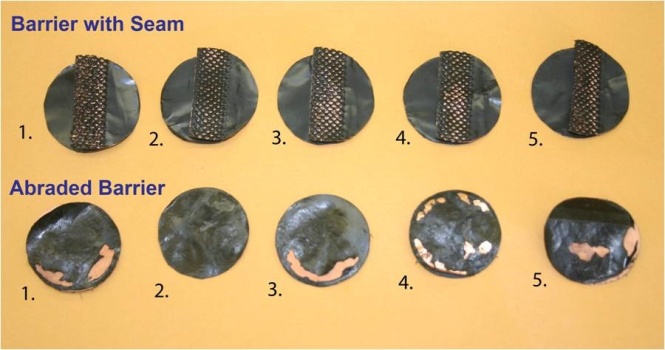It is very common to read matter-of-fact statements about how long ago our prehistoric antecedents lived and in such and such a manner. The date ranges are given without a hint of humility or doubt as to the limitations of our ability to know things about our prehistoric past. Natural ‘history’ is more of the same. Radiometric dating is only reliable if all the underlying assumptions are true. Because we don’t know the underlying assumptions are true, it is likely many, if not most, of them are not true. The likelihood of them all being true is remote. But any comment about the ‘guesswork’ aspect of radiometric dating will elicit howls of indignation. You will be called a ‘science denier.’ You will be dismissed as ignorant of the scientific integrity of the scientists practicing the ‘art’. But they will never call it an ‘art.’ It is science.
Looking forward, as climate models do. You must make assumptions and then force the assumptions to act as place-holders for all you can not know about the future. And that of course is quite a bit. The climate models have never had any skill. They don’t work. But we are supposed to believe in them anyway because the future they are now predicting will surely come to pass as predicted, because the models are scientific. You are a ‘science denier’ if you observe the model failures.
It seems rather simple to me. If you have to guess, you will sometimes guess wrong. If each guess is in fact a layering of guesses stitched together, then the probability you are wrong is exponentially increased (depending on how many guesses depend on other guesses being right). In casinos and on the stock floor where the guesses can be kept to a minimum: Heads, tails; red, black; price moves up or down; we have a laboratory to experiment with our guessing. It is brutally repeatable: you can’t know the particulars about the future. You know stocks go up and down, generalities. You can’t know when a particular stock will go up or down. The coin will be heads or it will be tails when it lands, but you can’t tell which. Likewise looking backwards – you can know there will have been an approximately equal division in history of coin tosses between the binary choices, but you can’t reconstruct pre-history. If it isn’t recorded as history, you can’t know the particulars. Radiometric clocks are not records, and they won’t work without assumptions about uniformity. Any evidence that is non-conforming invalidates the assumption. When elemental C14 is repeatedly found embedded in rocks thought to be tens or hundreds of millions of years old; it invalidates radiometric dating. When protein molecular structures are repeatedly found in dinosaur fossils it invalidates the dating methods. They are no longer valid.
When a model fails; it is kaput. It doesn’t work. You need a model that works. You shouldn’t tweek the model and declare you have fixed it. You must build a model that works. And even then you should be prepared to acknowledge the model will only work until it doesn’t. Then its over. Done. Finished. Kaput.
The history of modeling is a humble one. Models don’t ever work reliably, even when they work. You can’t know your model assumptions are true. You can’t know your model won’t fail; that it won’t blow up. You should assume your model will fail – that is the safe bet. If you assume your model will fail – what must you assume about its predictions?
None of this is likely going to give the model-makers or the model-believers pause, but if there ever was an Emperor without clothes, our computer modeling of the past and future is there to behold: Aren’t you going to believe your own eyes?


